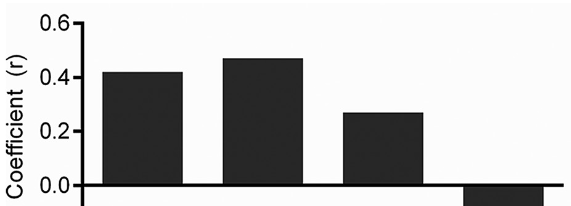Making sense of subclinical cardiac alterations in patients with diabetes
DOI:
https://doi.org/10.17305/bjbms.2019.4349Keywords:
Body mass index, diabetes mellitus type 1, echocardiography, diastolic heart failure, left ventricular hypertrophyAbstract
Patients with diabetes are prone to develop a distinct primary myocardial condition, diabetic cardiomyopathy, placing them at an increased risk for heart failure [1-3]. This occurs independently of hypertension, coronary artery disease, and other established causes of heart failure. Pertinent findings include increased mass, concentric changes, and diastolic dysfunction of the left ventricle [4,5]. Such adverse remodeling is common among patients with diabetes and appears to be strongly associated with its duration, suggesting a role for persistent metabolic stress [6-8]. However, which exact components of the diabetic syndrome determine these cardiac alterations is not clear. Moreover, most studies have investigated patients with type 2 diabetes, and it is uncertain whether patients with type 1 diabetes experience similar myocardial changes.
Continue reading the full text in the PDF version.
Citations
Downloads

Downloads
Additional Files
Published
Issue
Section
Categories
License
Copyright (c) 2019 Association of Basic Medical Sciences

This work is licensed under a Creative Commons Attribution 4.0 International License.









